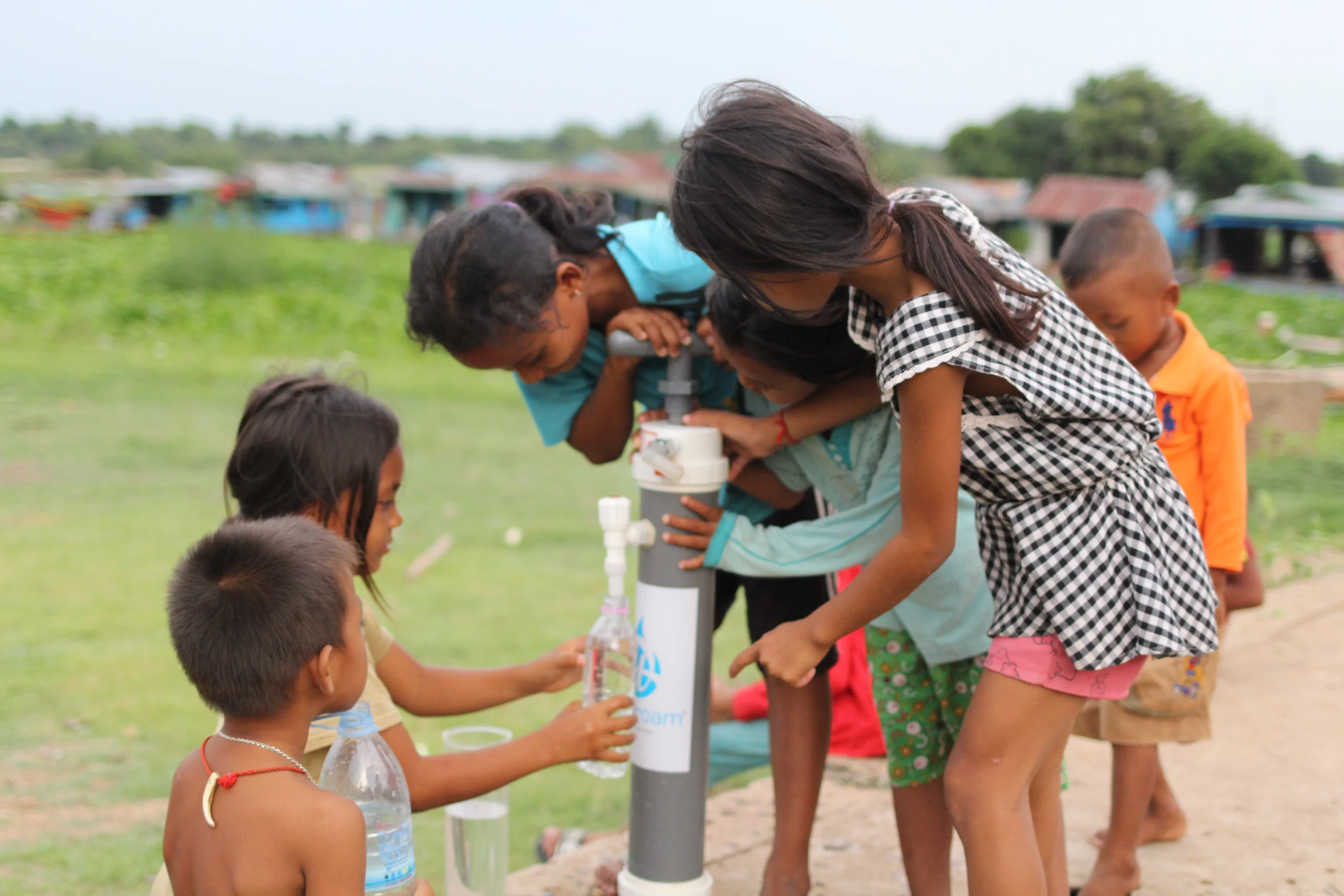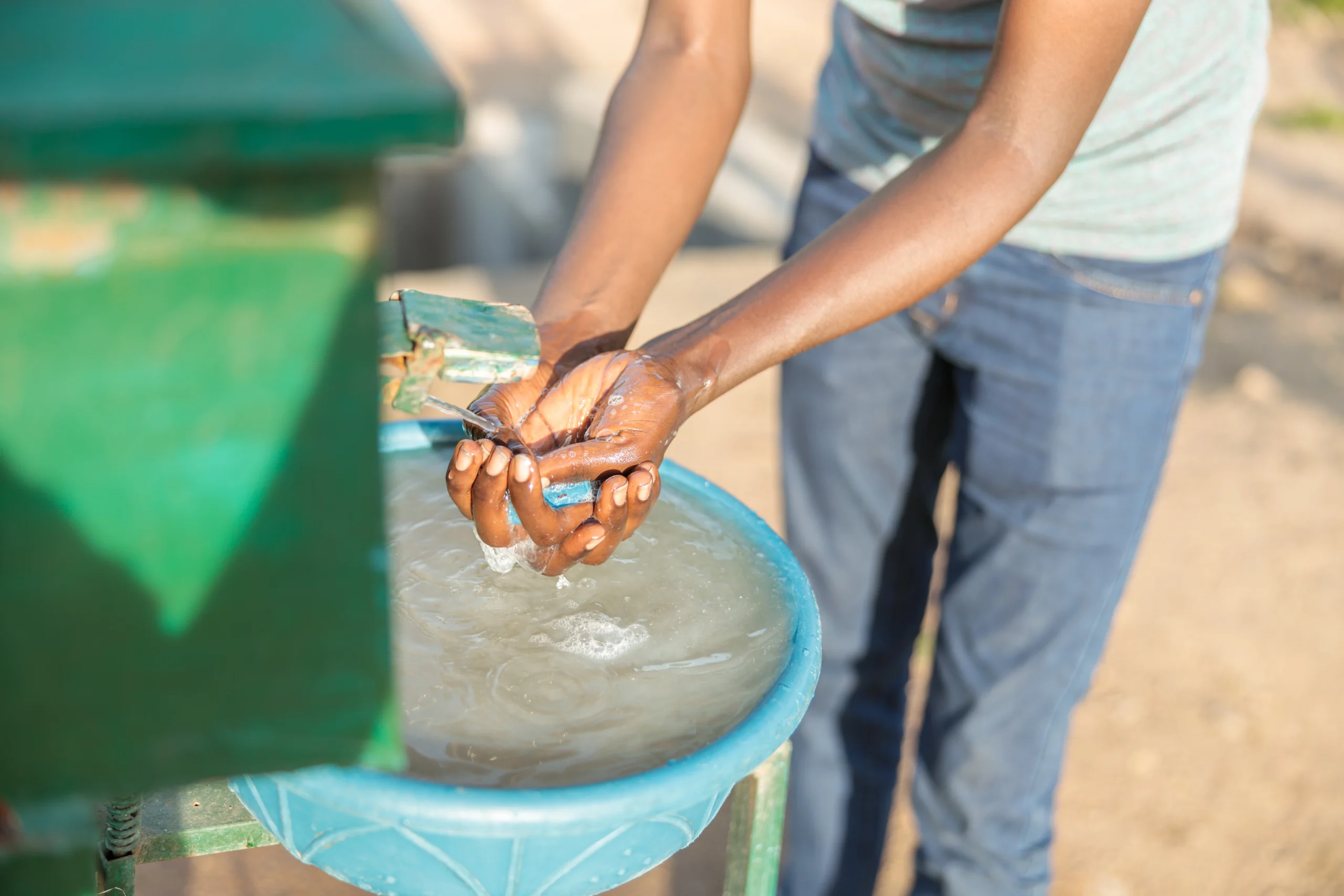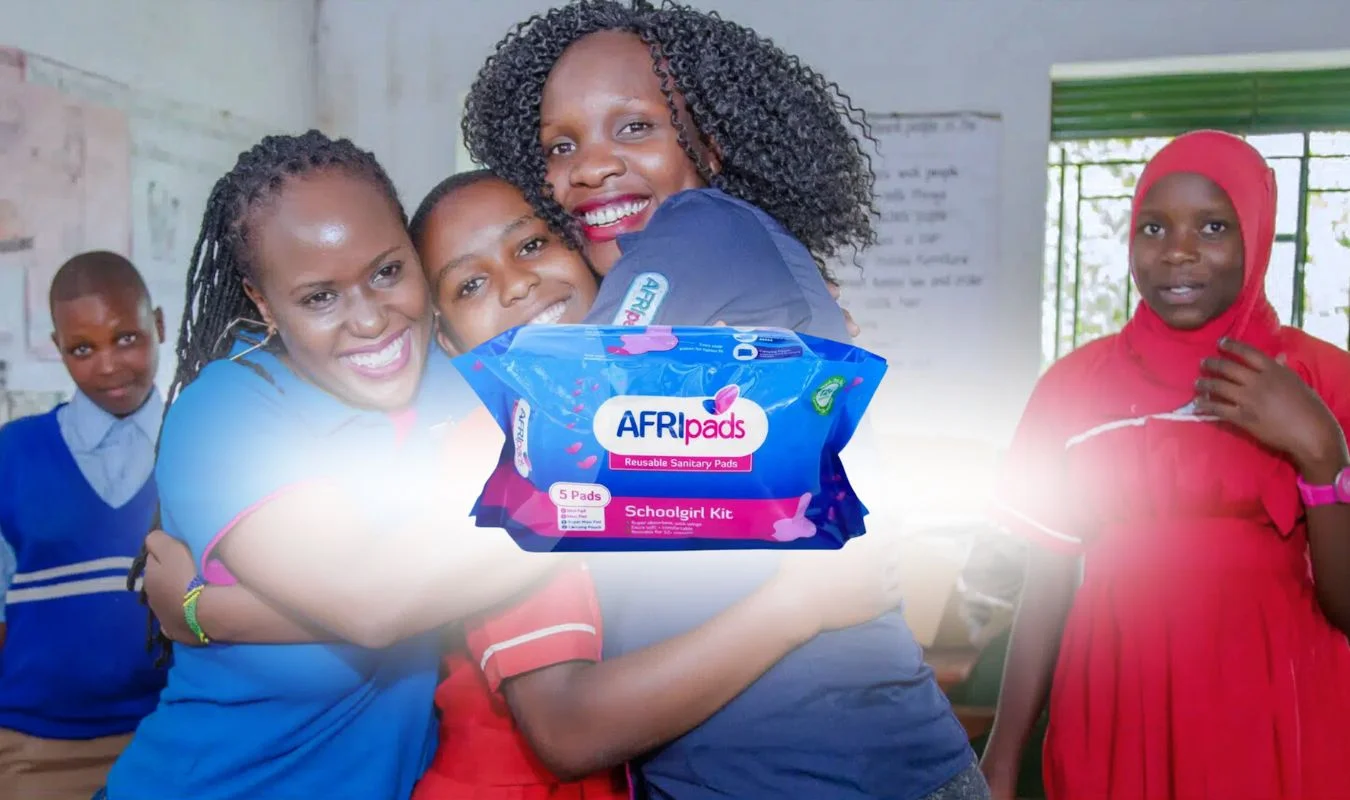Traditional Chlorine Limitations
You may have heard of chlorine as an affordable treatment for contaminated water. It is one of the most common, immediate solutions to untreated water, killing harmful microorganisms that cause waterborne illness. Although it is a great option for the disinfection of bacteria and viruses, some reports have noted an alteration in the taste and smell of the water after using chlorine as a treatment method. Observations of households in Dhaka, Bangladesh reported that 57% of users of a chlorine-based water treatment product did not like the taste and smell of its after-effects. This element has discouraged users from using this treatment method and treating their drinking water at all.

How can we lower the dosage of chlorine to avoid taste changes while still providing disinfection of drinking water? One method is combining chlorine with other disinfectants.
Introduction to the MadiDrop Technology
Silver’s antimicrobial properties have been well-documented. When silver ions are released into water, they interfere with the cellular processes of bacteria, effectively killing them. Unlike chlorine, silver does not alter the taste or smell of the water.
How do you get a safe dose of silver into your water? One innovative solution to passive dosing of silver is the MadiDrop. The MadiDrop is a silver-embedded ceramic tablet developed at the University of Virginia and sold by Silivhere Technologies. The MadiDrop releases safe amounts of silver ions into 20 liters of water every day for one year, treating over 7,000 liters of water. The cost comes out to $0.002 USD per liter of water treated. For comparison, boiling water can cost users between $0.005-$0.049 per liter, depending on the fuel source (charcoal, electricity, gas, wood, etc.).

Though the MadiDrop kills up to 99.99% of bacteria, silver alone has limitations. It typically only kills ~90% of viruses, which is below the WHO’s performance criteria for technologies that require at least a 99.9% reduction in viruses. Just like chlorine, silver could benefit from being combined with other disinfectants.
Enhancing MadiDrop Performance with Copper and Chlorine
Combining disinfectants for water treatment could result in synergistic disinfection. Simply put, synergy means that 1 +1 = 3; the addition of two disinfectants results in greater disinfection than their sum. If synergy is achieved, it is likely that lower doses are needed for water treatment, making it more affordable for the end-user.
Copper, like silver, is a metal with antimicrobial properties. Studies have shown that copper can achieve significant reductions in bacteria and viruses in water by disrupting microbial cell function. When used in combination with silver, copper enhances the overall effectiveness of disinfection. Combining copper and silver results in synergistic reduction of bacteria and viruses. Additionally, copper is around 10 times cheaper than silver. If a technology could passively release safe amounts of copper daily, like the MadiDrop does with silver, it could offer affordable water treatment.
Research conducted by Harris et al. (2024) explored the combined use of the MadiDrop with a high specific-surface-area copper screen, referred to as MadiDrop+Cu. The study aimed to develop an affordable water treatment that deploys both copper and silver daily without electricity. The results were promising: the MadiDrop+Cu consistently released sufficient levels of silver and copper every day for over 150 days. While the MadiDrop alone killed less than 90% of viruses, the MadiDrop+Cu killed over 99.9% of viruses.
A 2022 study found that combining low levels of chlorine from Aquatabs and low levels of silver from the MadiDrop resulted in synergistic disinfection of bacteria. This study was more realistic than some laboratory studies because they used pond water in the United States as well as stream water in rural South Africa.
In light of the 2022 findings, researchers in the Harris et al. (2024) study also tested a chlorinated polymer gel that releases chlorine at levels below the detection threshold for taste and odor. They found that the combination of the MadiDrop+Cu and the chlorinated polymer gel killed over 99.99% of viruses. Pairing silver, copper, and chlorine provided the best disinfection rather than any one of them on their own. This novel trio could avoid hazards that come with over-chlorination like taste and odor changes or disinfection byproducts while also providing more disinfection.
The Future of Affordable Water Treatment Methods
So, what does this mean going forward? Researchers should prioritize innovative ways to combine silver, copper, and chlorine for affordable water treatment. Although protozoa were not tested in the 2024 study, it is possible that combining the three disinfectants could help address hard-to-kill pathogens like Cryptosporidium. Supporting and promoting the adoption of these affordable water treatment solutions can have a profound impact on global health, particularly in under-resourced settings.




